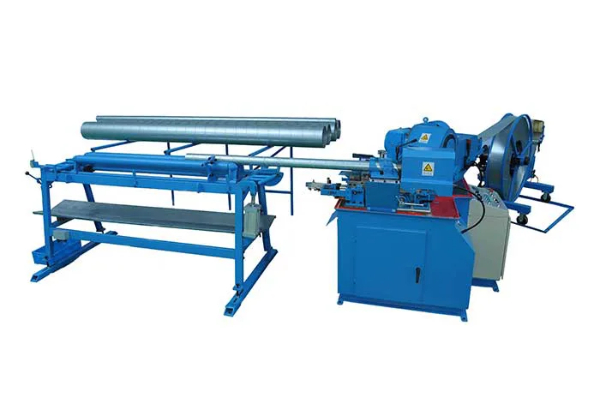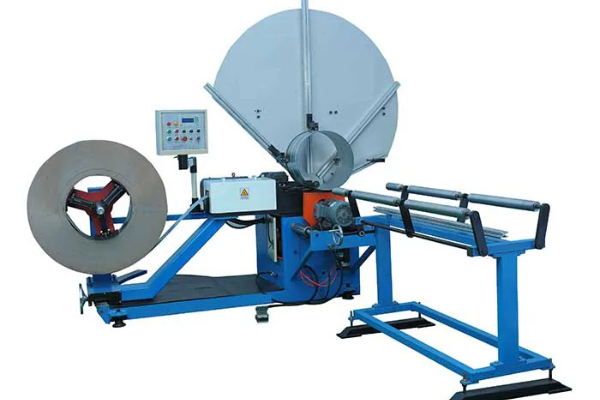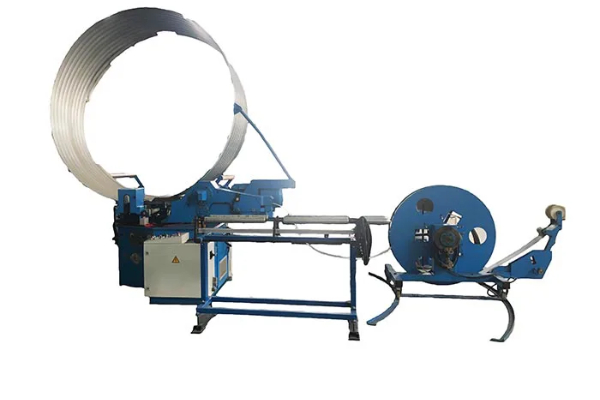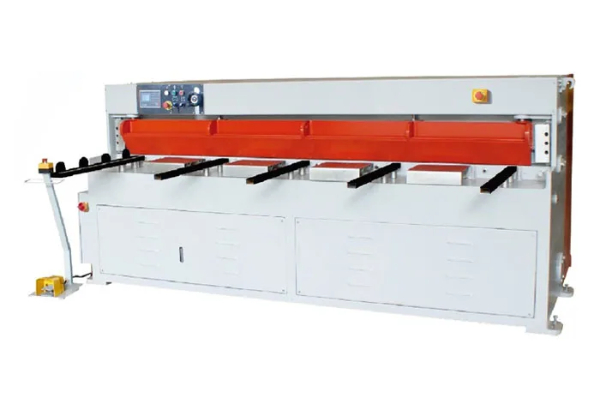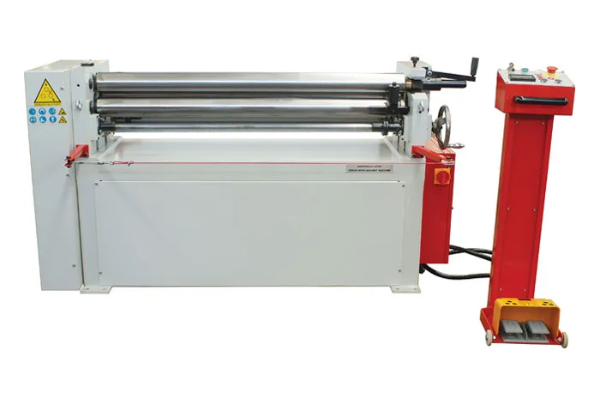
A Beginner’s Guide to Sheet Metal Bending Techniques
- By:Metmac
- 2024-07-05
- 101
Introduction
The art of sheet metal bending is a crucial skill for fabricators, hobbyists, and DIY enthusiasts alike. It allows for the creation of complex shapes and structures from flat sheets of metal. While it may seem daunting at first, bending sheet metal is a process that can be mastered with the right techniques and tools.
This guide provides a comprehensive overview of the fundamental techniques used in sheet metal bending, empowering beginners to embark on their bending adventures with confidence.
Types of Sheet Metal Benders
The choice of bending tool depends on the thickness and type of metal being worked with.
Hand Benders: These handheld tools are ideal for small-scale bending tasks. They come in various sizes and shapes to accommodate different bend radii.
Brake Presses: Brake presses are stationary machines that use a hydraulic ram to bend sheet metal. They offer precise control and can handle larger and thicker materials than hand benders.
Bending Techniques
Three-Point Bending: This method uses a punch and two dies to bend metal around a specific axis. It produces precise bends with minimal distortion.
Air Bending: Air bending employs a punch and a die, but the metal is not fully supported by the dies. This technique allows for free-form bending and is suitable for curved shapes.
Flange Bending: Flange bending creates a perpendicular edge along the length of the sheet metal. It is commonly used in ductwork and cabinetry.
Materials and Preparation
Metal Types: Different metals have varying degrees of bendability. Common metals used in sheet metal bending include aluminum, stainless steel, and galvanized steel.
Material Thickness: The thickness of the metal determines the bending radius and the bending force required. Thinner metals are more flexible and require less force.
Preparation: Cleaning the sheet metal surface and lubricating the bending tools ensures smooth bending and prevents scratches.
Safety Precautions
Working with sheet metal requires proper safety measures.
Wear Protective Equipment: Safety glasses, gloves, and sturdy shoes are essential.
Inspect Tools: Check tools regularly for any damage or wear.
Securely Clamp Workpiece: Use clamps or vises to secure the workpiece in place, preventing it from slipping during bending.
Conclusion
Mastering sheet metal bending techniques opens up a world of possibilities for fabricators and hobbyists. By understanding the different types of benders, techniques, materials, and safety precautions, beginners can confidently embark on their bending journey. This guide provides a solid foundation for further exploration in the fascinating world of sheet metal bending.
-
Advanced Duct Machine AC and Fabrication Solutions from Metmac
2025/07/12 -
The Advantages of Using a Sheet Roll Forming Machine in Manufacturing
2024/09/14 -
How to Optimize Your Laser Sheet Cutting Machine for Maximum Performance
2024/09/12 -
How to Maximize Efficiency with Modern Sheet Metal Working Machines
2024/09/04
-
High-Precision Duct Forming, Cutting, and Bending Machines by Metmac
2025/07/12 -
Efficient Duct Board Cutter and HVAC Duct Machines for Sale by Metmac
2025/07/12 -
Efficient Laser Cutting Machines for Steel Plate and Sheet Metal Fabrication
2025/07/03 -
Versatile Sheet Metal Machinery for Precision Fabrication
2025/07/03
-
Integrating Automation with Rectangular Duct Machines for Enhanced Productivity
2024/05/11 -
Metal Shear Machines- Essential Tools for Precision Metal Cutting
2024/05/11 -
Understanding the Role and Function of Steel Strip Slitting Machines
2024/05/11 -
Maintenance Tips for Longevity of HVAC Duct Machines
2024/05/11
-
A Guide to the Latest Innovations in Sheet Metal Folding Machines
2024/11/29 -
Key Features to Consider When Investing in a Sheet Metal Folding Machine
2024/11/28 -
Enhancing Precision with Advanced Sheet Metal Folding Machines
2024/11/27 -
How to Choose the Right Sheet Metal Folding Machine for Your Workshop
2024/11/26
